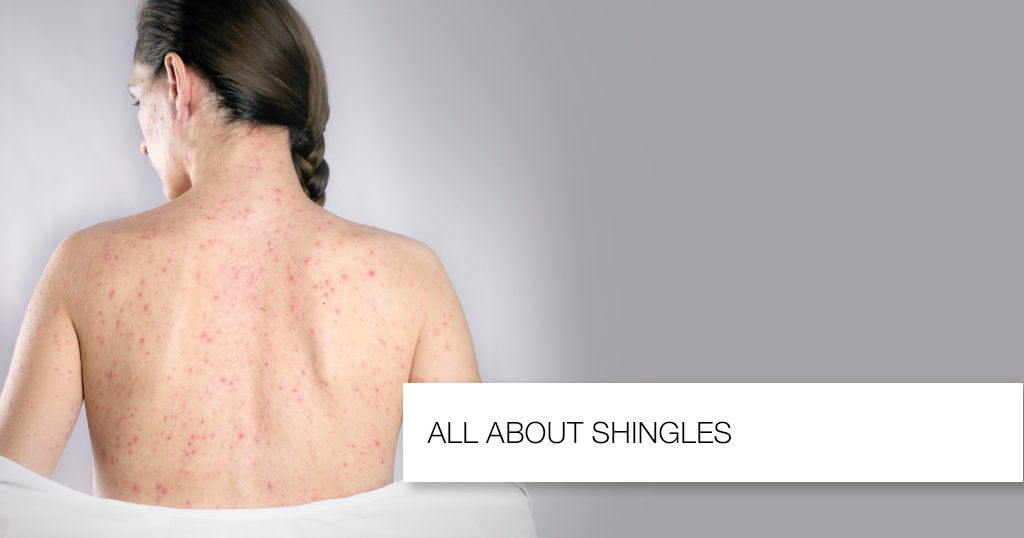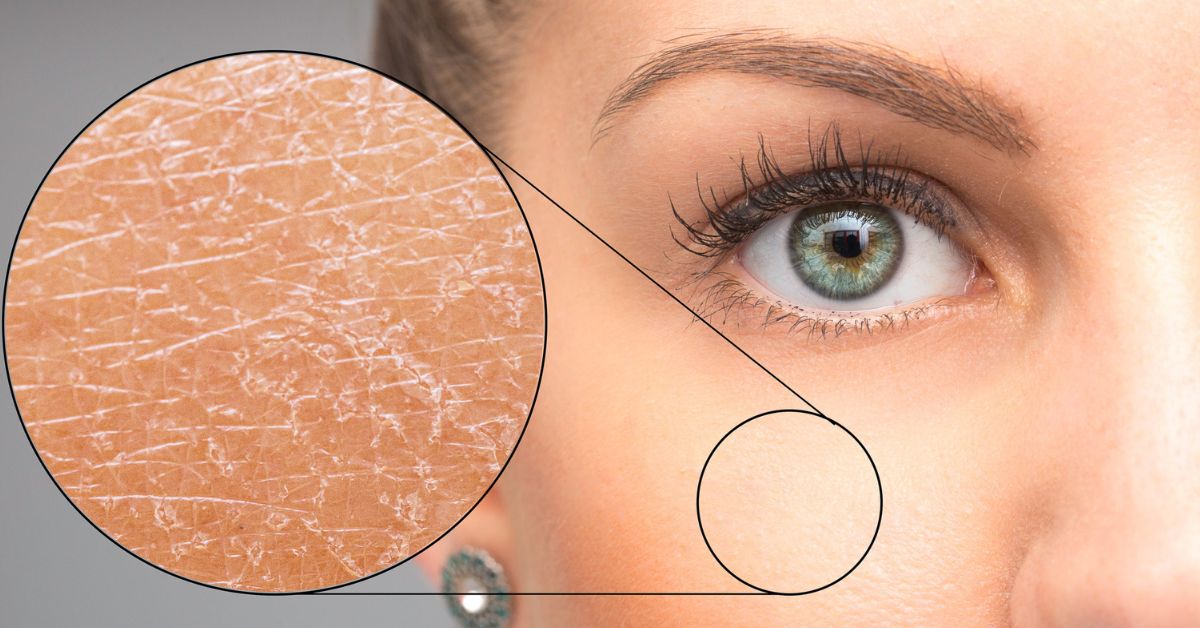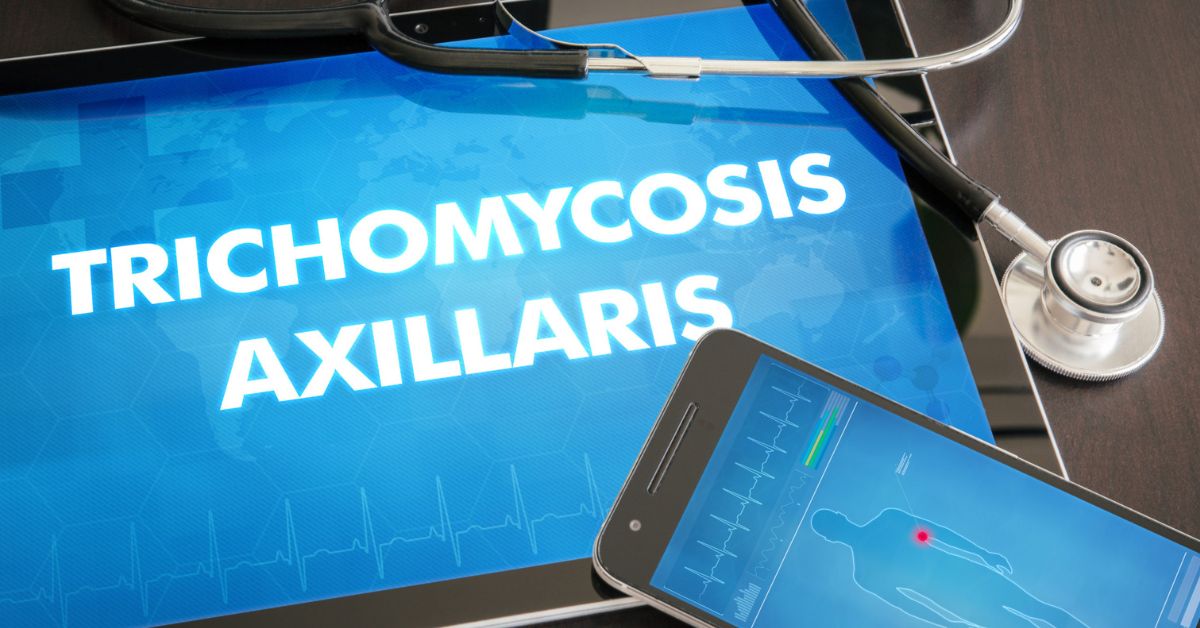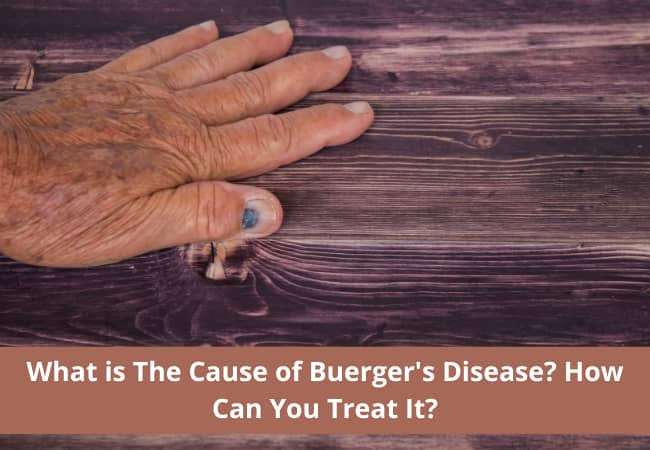All About Shingles


What is Shingles?
Commonly known as shingles, herpes zoster is a viral infection that causes a painful rash and blisters, caused by varicella-zoster, a virus causing chickenpox. After a person suffered chickenpox, the virus lies inactive in nerve tissue near the spinal cord and brain. After some time (years later), the virus may reactivate as shingles.
Shingles typically appear in a stripe or group in a limited area on one side of the body. Rashes and blisters caused by shingles heal within 2-4 weeks, but in some cases, the pain stays on for long after the rashes go. This condition is called post-herpetic neuralgia in medical language.
What causes Shingles?
Shingles is said to be caused by the same virus that causes chickenpox. Studies reveal that children infected with chickenpox below the age of 1, and adults above 60 are more likely to suffer from shingles.
The virus that causes chickenpox becomes inactive once an individual is cured of chickenpox, but it remains latent in the nervous system. When the immune system is weak due to diseases like cancer and AIDS or even emotional stress, the virus can become active once again and cause shingles.
Shingles is contagious in the sense that an individual will not develop shingles from another individual who is suffering from shingles but is likely to suffer from chickenpox if he/she hasn’t got a chickenpox vaccine or has not suffered from chickenpox in the past.
Symptoms for shingles
Shingles occur in phases.
- The first stage of shingles before rashes and blisters appear is a burning or tingling sensation or itchy, sensitive skin — accompanied by fever, headache and a general feeling of discomfort.
- The second stage starts a day or two later. In this stage, one will notice rashes that over time can become fluid-filled blisters. The blisters spread on the path of nerves that come out of the spinal cord.
- The third stage is when the blisters burst to form small ulcers.
- In the final stage, these ulcers dry and form crusts to heal the infected area.
Risk factors
Individuals who suffered from chickenpox earlier can develop shingles. Risk factors that may increase a person’s risk of developing shingles are:
- Being above 50: Shingles is very common in people above 50 years of age. Risk increases with age.
- Having some diseases: Diseases that may weaken our immune system like cancer and HIV/AIDS, can increase the risk of shingles.
- Undergoing cancer treatments: Chemotherapy or radiation may lower disease resistance and may trigger shingles.
- Taking certain medicines: Medicines that prevent rejection of transplanted organs, may also increase the risk of shingles. Even prolonged use of steroids like prednisone may also increase the risk.
Treatment for shingles
Within 24 hours of having shingles symptoms, one should visit a dermatologist or a general physician. Usually, the doctor asks for a skin sample test to find if the skin is infected with the varicella-zoster virus, and the blood test is done to check the WBC (white blood cell), count. Shingles is a disease that really has no cure but is self limiting . The medication prescribed for the disease helps reduce its intensity and prevents further complications.
The initial treatment for shingles includes prescribing anti-viral and analgesic medicines that can relieve the patient from the pain caused by the disease and quicken the pace of healing. Antibiotics and lotions are prescribed for oral application on rashes and blisters. In severe cases, doctors even opt for steroids.
In cases where shingles have affected the eyes, an ophthalmologist is consulted. And, in cases where an individual with a much weakened immune system gets infected with shingles, they are recommended to get treated at hospitals where they are treated with anti-viral antibodies.
Prevention of shingles
An individual who has suffered from chickenpox is likely to get shingles later on. A vaccine called Zostavax is prescribed for individuals above 60 to prevent that. Studies all over the world reveal that the shingles vaccine has reduced the occurrence of the disease by 50 per cent.
© Copyright 2024. Apollo Hospitals Group. All Rights Reserved.
 +91 8069991061
Book Health Check-up
Book Health Check-up
Book Appointment
Book Appointment
+91 8069991061
Book Health Check-up
Book Health Check-up
Book Appointment
Book Appointment







